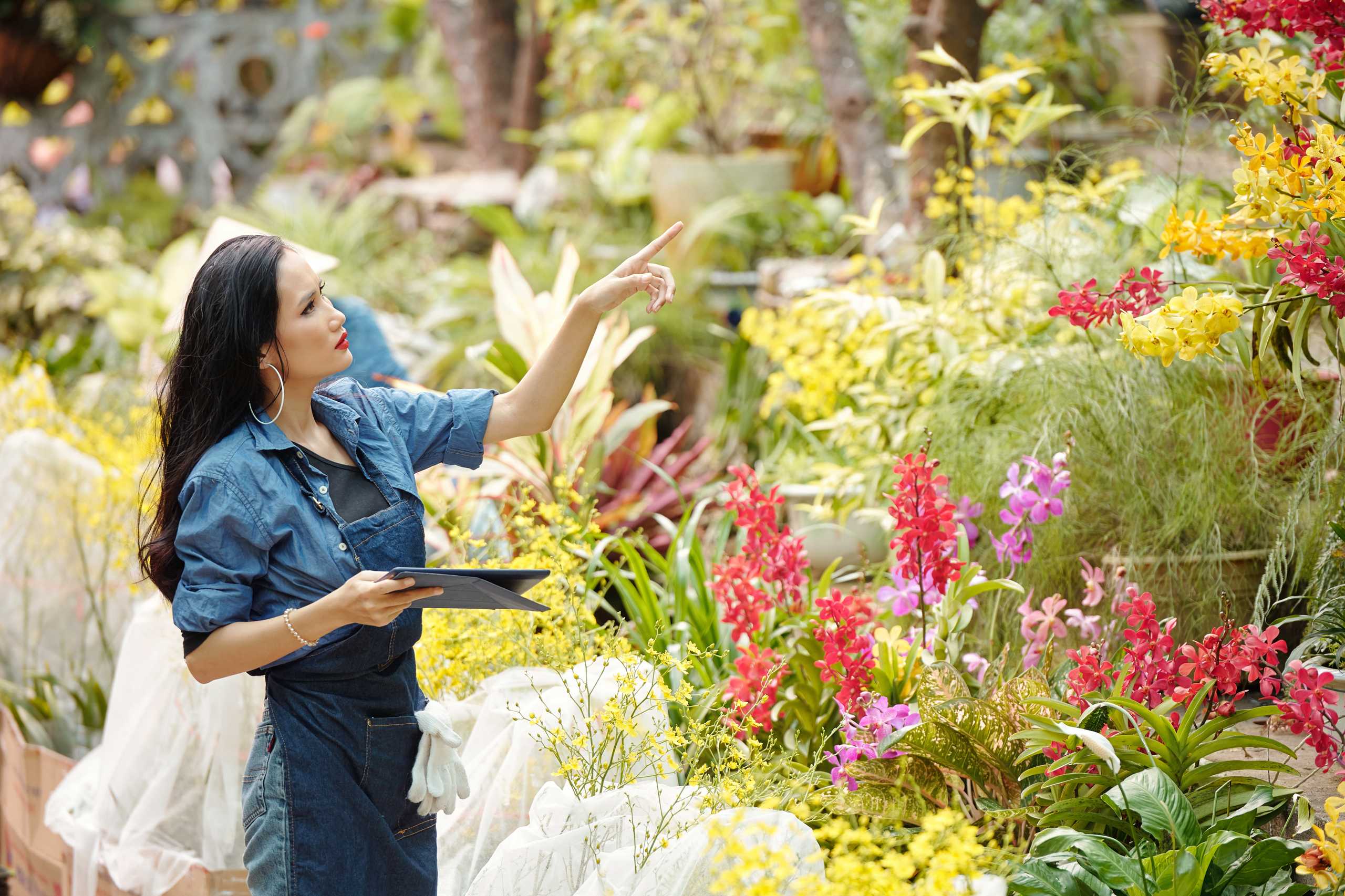A truly remarkable garden isn’t defined by a single season—it thrives throughout the year. Seasonal landscaping allows you to enjoy changing colors, textures, and scents while keeping your outdoor space fresh, vibrant, and functional. Planning for each season ensures that your garden remains beautiful, healthy, and inviting no matter the weather.
Spring: Awakening and Renewal
Spring is the time for growth and new beginnings. Key steps include:
- Soil Preparation: Enrich soil with compost and nutrients to support healthy plant growth.
- Planting Bulbs and Perennials: Early blooms like tulips, daffodils, and crocuses provide instant color.
- Pruning and Cleanup: Remove dead branches and debris to encourage healthy regrowth.
- Mulching: Protect young plants and retain soil moisture.
Summer: Growth and Vibrancy
Summer requires careful attention to keep your garden thriving during hot months:
- Irrigation: Regular watering, preferably early morning or late evening, prevents stress on plants.
- Shade Management: Use strategically placed shrubs or pergolas to protect sensitive plants.
- Pest Control: Monitor for insects and diseases and apply eco-friendly treatments as needed.
- Seasonal Flowers: Add annuals for bursts of color that complement existing perennials.
Autumn: Preparation and Transition
Autumn is the perfect time to prepare for winter while maintaining beauty:
- Leaf Management: Collect fallen leaves and use them as mulch or compost.
- Planting Spring Bulbs: Plant bulbs like tulips and hyacinths now for next spring’s blooms.
- Soil Amendment: Add compost or organic matter to enrich soil for the following season.
- Pruning: Trim back perennials and remove weak or damaged branches.
Winter: Protection and Planning
Winter is a quieter season, but it’s essential for long-term garden health:
- Protect Sensitive Plants: Use covers, mulch, or shelters for delicate species.
- Plan for Next Year: Evaluate successes and challenges, and sketch ideas for new projects.
- Decorative Elements: Incorporate evergreen shrubs, ornamental grasses, and winter lighting for year-round beauty.
- Maintenance: Clear pathways and check hardscape structures to ensure safety and longevity.
Integrating Seasonal Colors and Textures
A successful year-round garden balances colors, textures, and plant types:
- Combine evergreen and deciduous plants to maintain structure in winter.
- Mix flowers, grasses, and shrubs for visual interest in every season.
- Use containers and movable planters to adapt to seasonal changes easily.
Conclusion
By planning and adjusting your landscaping according to seasonal changes, you create a dynamic, ever-evolving garden that delights all year. Thoughtful seasonal care enhances plant health, extends blooming periods, and ensures that your outdoor space remains inviting, vibrant, and enjoyable no matter the weather. Each season offers opportunities to explore new design ideas, enrich the landscape, and experience your garden in unique ways.

